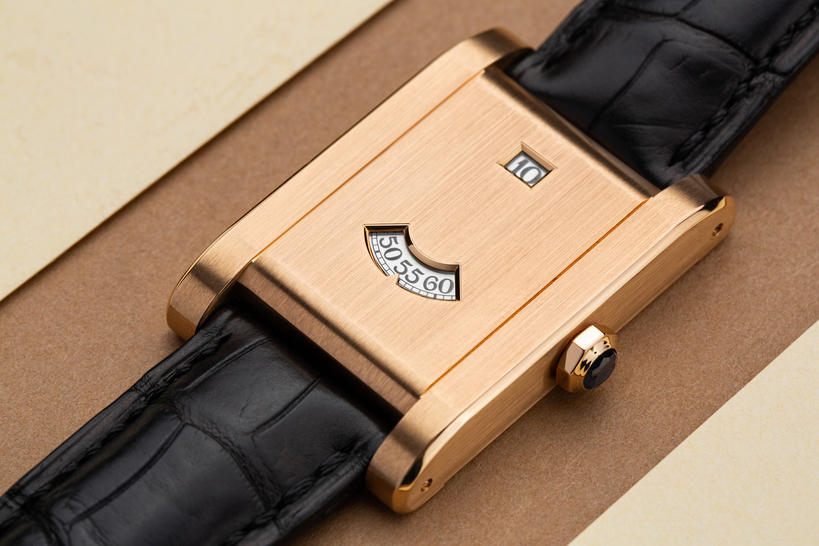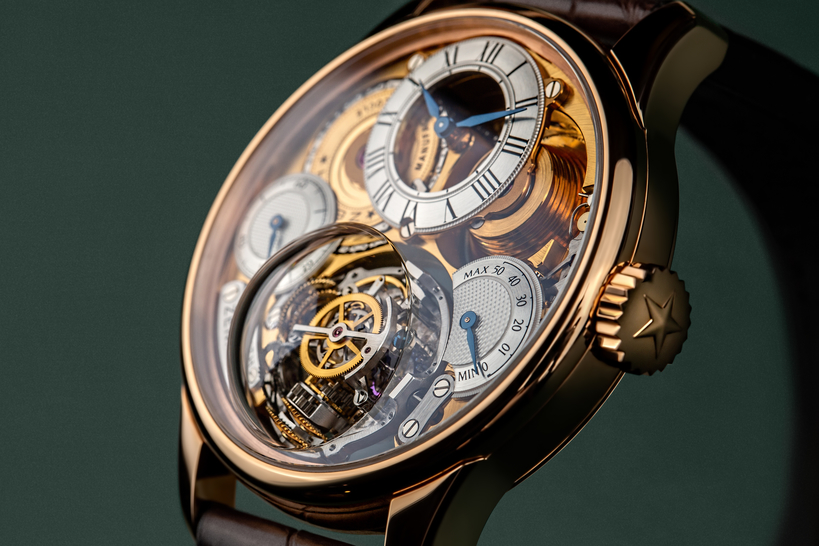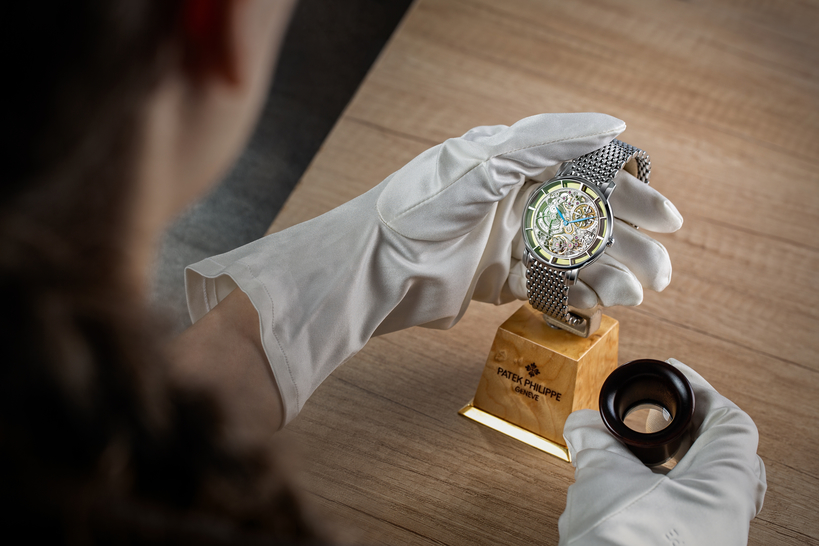Filigree patterns and an ultra-complicated movement: the unique pocket watch inspired by "Girl with a Pearl Earring".
Girl with a Pearl Earring is the central and most mysterious painting by the Dutch artist Johannes Vermeer. The oil painting created in 1655 continues to intrigue to this day. Compared to the Mona Lisa, it's the subject of extensive studies.
Some look at it under an infrared spectrometer, while others try to figure out who the heroine was. The famous enamelist Anita Porchet has taken on the no less demanding task of shrinking the original down to create a miniature copy. She was commissioned by Vacheron Constantin.
The watch manufacturer was approached by a collector looking to create a Westminster chime pocket watch equipped with five hammers and gongs, featuring Grande and Petite Sonnerie chime mechanisms, and decorated with the chosen miniature enamel painting.
Work began on two major operations at once, with Porchet working on the painting that had to be squeezed onto a canvas measuring 98 mm in diameter, while the watchmakers were hard at work on the new manufacture movement.
Caliber 3761 measuring 71 mm in diameter and 17 mm in height was equipped with Westminster chime, which is considered the most complicated of striking mechanisms. While Grande Sonnerie mechanisms are usually operated by a single rack, four are needed here to strike the hours and quarters, plus another one for the minute repeater.
The striking mechanism is activated using the slider which can be found on the side of the case. The selector for different modes is located at 9 o'clock: "Silence" mode, "Sonnerie" (strike) mode and "Night Silence" mode (this mode deactivates the striking mechanism from 23:00 to 09:00).
Two barrels ensure a power reserve of 16 hours when the musical mechanism is activated in "Grande Sonnerie" mode and 80 hours for the time indications. The musical complications are accompanied by a one-minute tourbillon.
"Girl with a Pearl Earring" is housed in the Mauritshuis gallery in The Hague, where it's displayed in a luxurious frame which emphasizes the deceptive simplicity of the extraordinary painting. The engravers at Vacheron Constantin chose to go down the same route. A yellow-gold case was created for the movement with an exquisite relief pattern.
The client's pattern of choice consists of acanthus leaves, tulips and friezes accompanied by a “pearl” rim (a tribute to Vermeer's work). The lug completes the case's look, decorated with the heads of two roaring lions carved from a solid block of gold.








